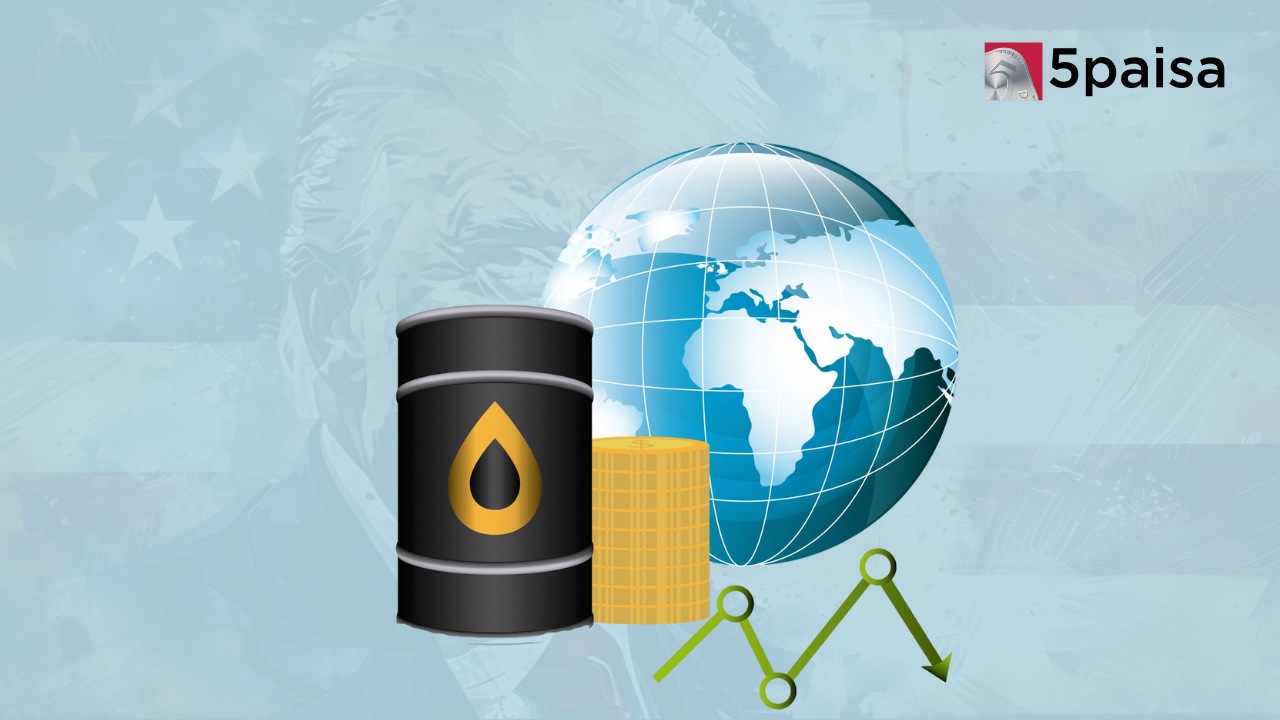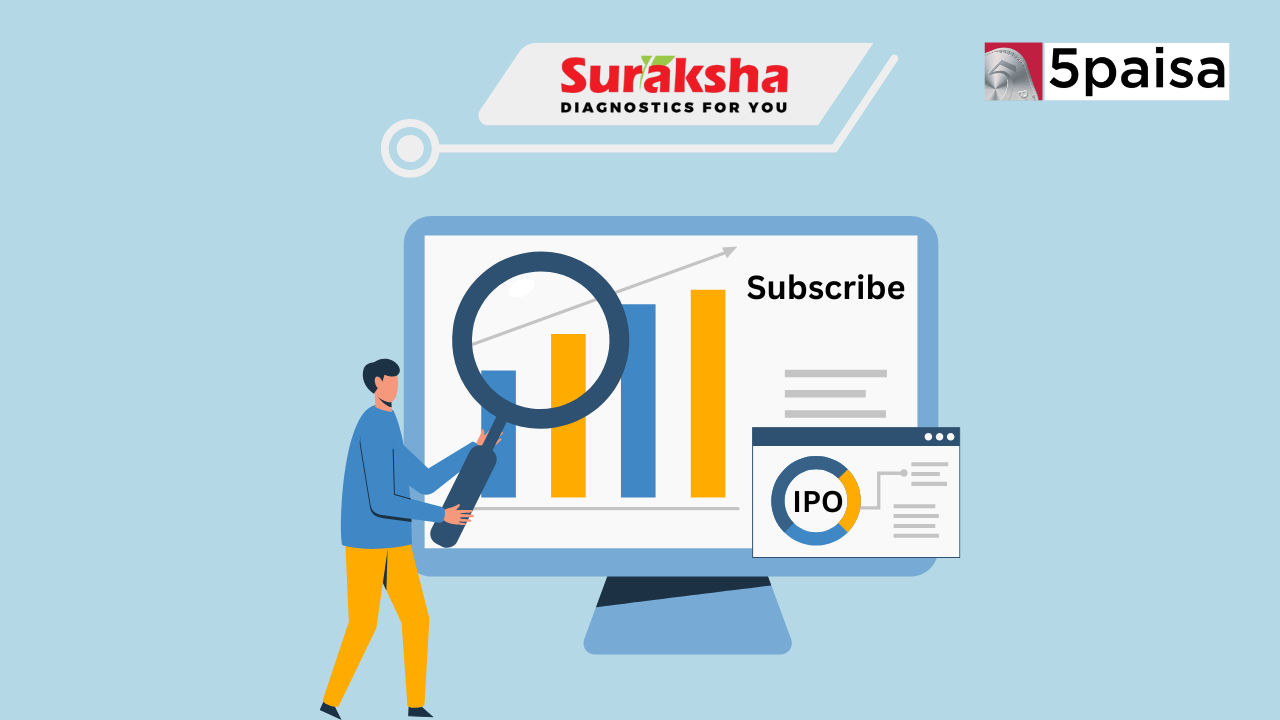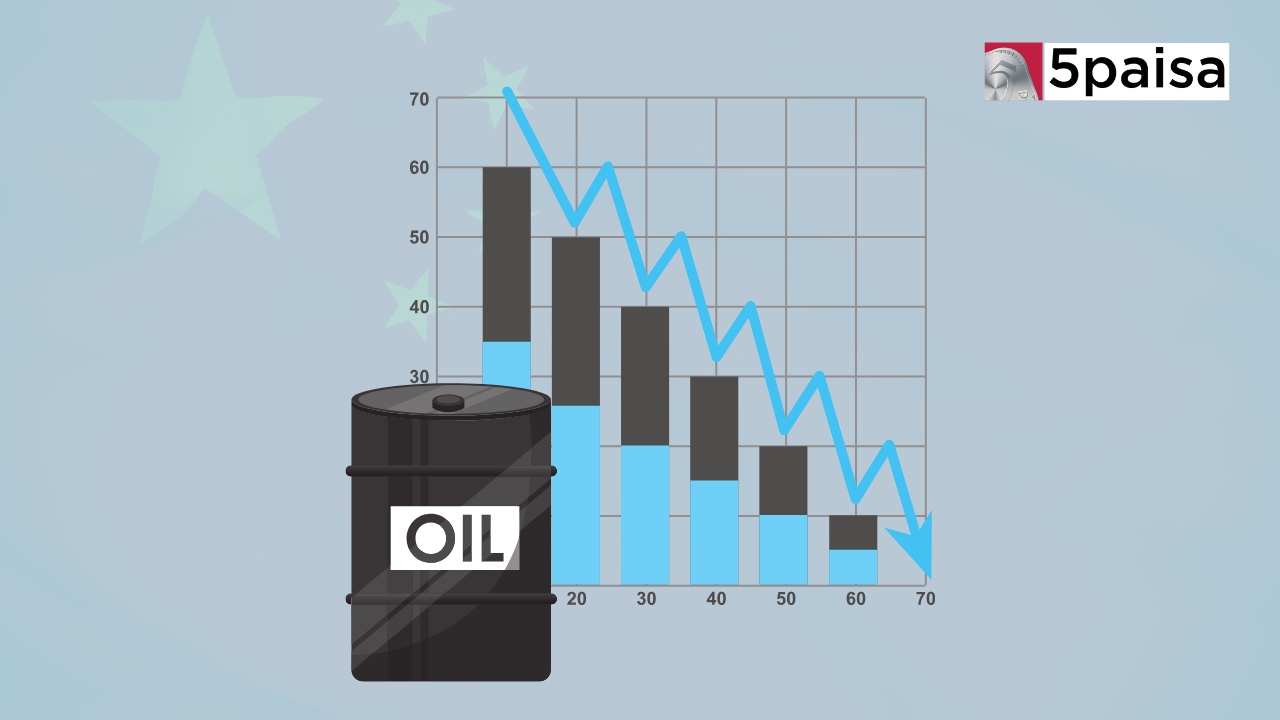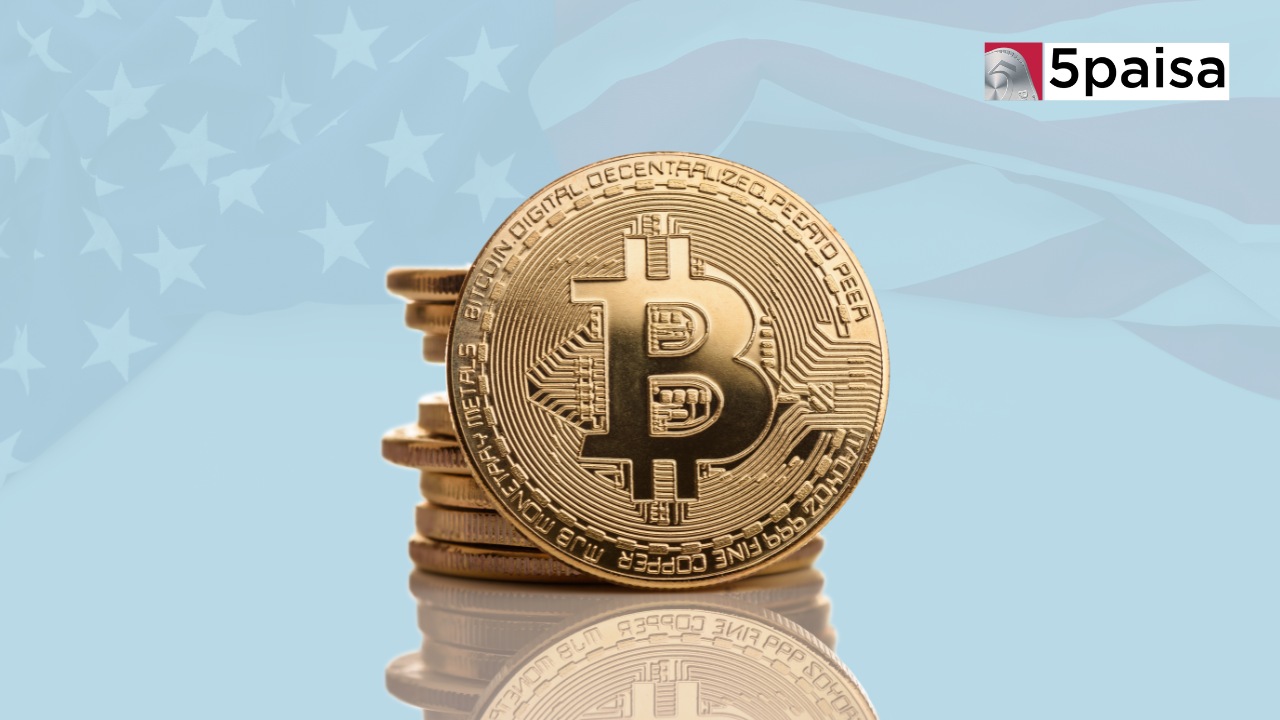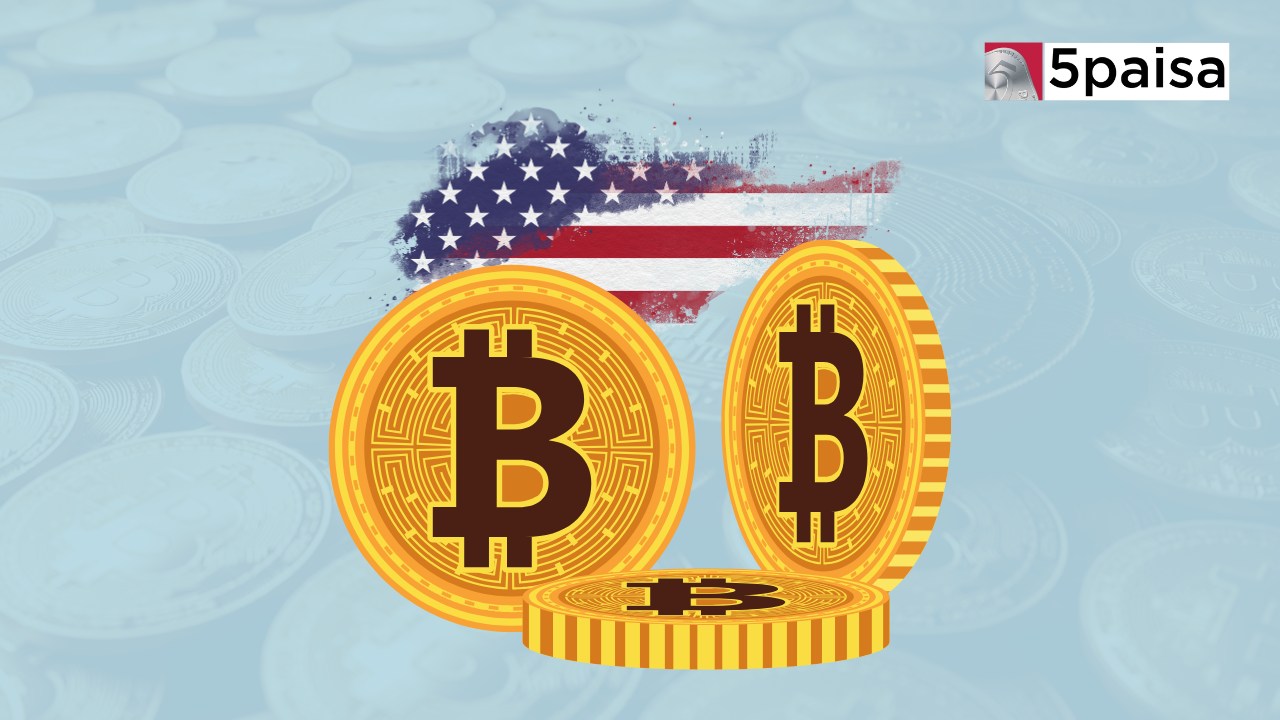Trump Warns EU of Tariffs Over Trade Deficit and Oil Purchases
ECB raises rates by 50 bps, what could that mean?

Last Updated: 22nd July 2022 - 01:17 pm
The European Central Bank (ECB) had already signalled ahead of its meeting that a 25 bps rate hike was on the cards. But, in its meeting on 21st July, the ECB went a step further and hiked the rates by 50 bps, taking the markets by surprise. In addition to hiking rates by 50 bps in July, the ECB has also hinted that it may continue with its hawkish stance in its next meet in September also. Incidentally, this is the first time since 2011 that the ECB has hiked rates, after eschewing the temptation to hike rates for a fairly long time.
The irony was that the rates in the ECB were at negative, which means you actually pay to deposit money. Sounds strange, but that is how the ECB formula was. Almost since, 2014 when the region was struck with the sovereign debt crisis, ECB has kept the base rates in negative territory. But, what investors would be really interested in is the ECB’s new anti-fragmentation tool, aimed at supporting those nations with lofty debt levels like Italy. We will come back to more of the anti-fragmentation tool later.
The reason for this rate hike was simple; it had to cool rampant inflation at already unseen levels in the Euro region. Ironically, even after the 50 bps rate hike, the benchmark rates in the Euro region would only move from -0.50% to 0.00%. The fact that the ECB decided to take a larger first step on its policy rate normalisation path indicates that the problem of inflation is bigger than it appears and also intractable. Just a few days back, the Euro had crashed to parity with the dollar for the first time in the last 20 years. Not it is at $1.03.
For many macro experts, this hike was always coming, especially with the inflation rate inching closer to double digits. The forward guidance also seems to suggest at a series of rate hikes to address the awful problem of negative real rates in the Euro region. The ECB has an inflation target of 2% and the current levels of inflation are way above that target. The US Fed was first off the block to get aggressive on inflation, even at the cost of an economic slowdown. Soon UK and India followed suit and not it is the ECB.
What does the rate hike really mean in terms of the rate levels. It means that the bank’s deposit rates are at 0.00%, the main refinancing operations rate is 0.50% and the marginal lending facility is at 0.75%; with both being pegged to the benchmark rate. ECB President, Christine Lagarde summed it up, “Inflation continues to be undesirably high and is now expected to remain above our target for some time. The latest data indicate a slowdown in growth, clouding the outlook for the second half of 2022 and beyond”. That is the cost.
Many of the analysts are worried that the ECB may be hiking rates at a time when the economy is drastically slowing and the fuel shock from Russia is just worsening things. This could well lead the EU region into a stagflation scenario with high inflation and tepid growth. Like in the case of the US Fed, market experts feel that the rate hikes have come too late, when the impact could actually be counterproductive. Like in the case of the US Fed, the ECB is unlikely to give too much weight to such Cassandra warnings.
Amidst all this uncertainty over inflation and GDP growth in Europe, another big uncertainty is whether Russia will cut supplies of natural gas to Europe completely. Clearly, Russia is making it clear to Europe that if they participate with the US and UK in imposing sanctions on Russia, then it would come at a cost. That cost would be European energy security. Natural gas flows have already fallen by about 60% since and it is just a matter of time before Russia decides to shut its pipelines completely. That is what will pinch Europe.
What exactly is this anti-fragmentation tool?
Anti-fragmentation is a strategy that the ECB plans to apply for nations, like Italy, with high debt levels and high borrowing costs. The ECB also calls it the TPI (Transmission Protection Instrument), which can be activated to counter disorderly market dynamics that pose a threat to monetary policy transmission in the Euro zone. The severity of risk will determine the scale of TPI purchases. That is likely to plague more nations as the rates rise across the EU region and more of the South European nations may be vulnerable.
For now, ECB is just playing the global game of trying to find an equilibrium between growth and inflation. The biggest risk for the EU region remains energy supplies from Russia.
- Flat ₹20 Brokerage
- Next-gen Trading
- Advance Charting
- Actionable Ideas
Trending on 5paisa
Global Market Related Articles
Disclaimer: Investment in securities market are subject to market risks, read all the related documents carefully before investing. For detailed disclaimer please Click here.
 5paisa Research Team
5paisa Research Team
